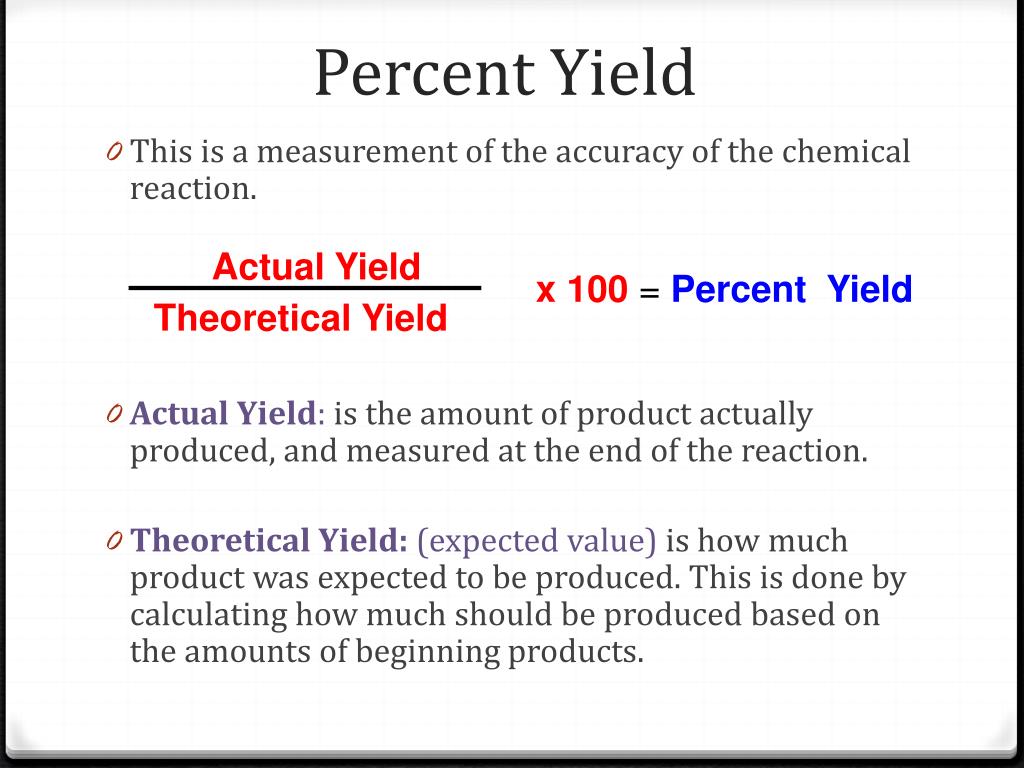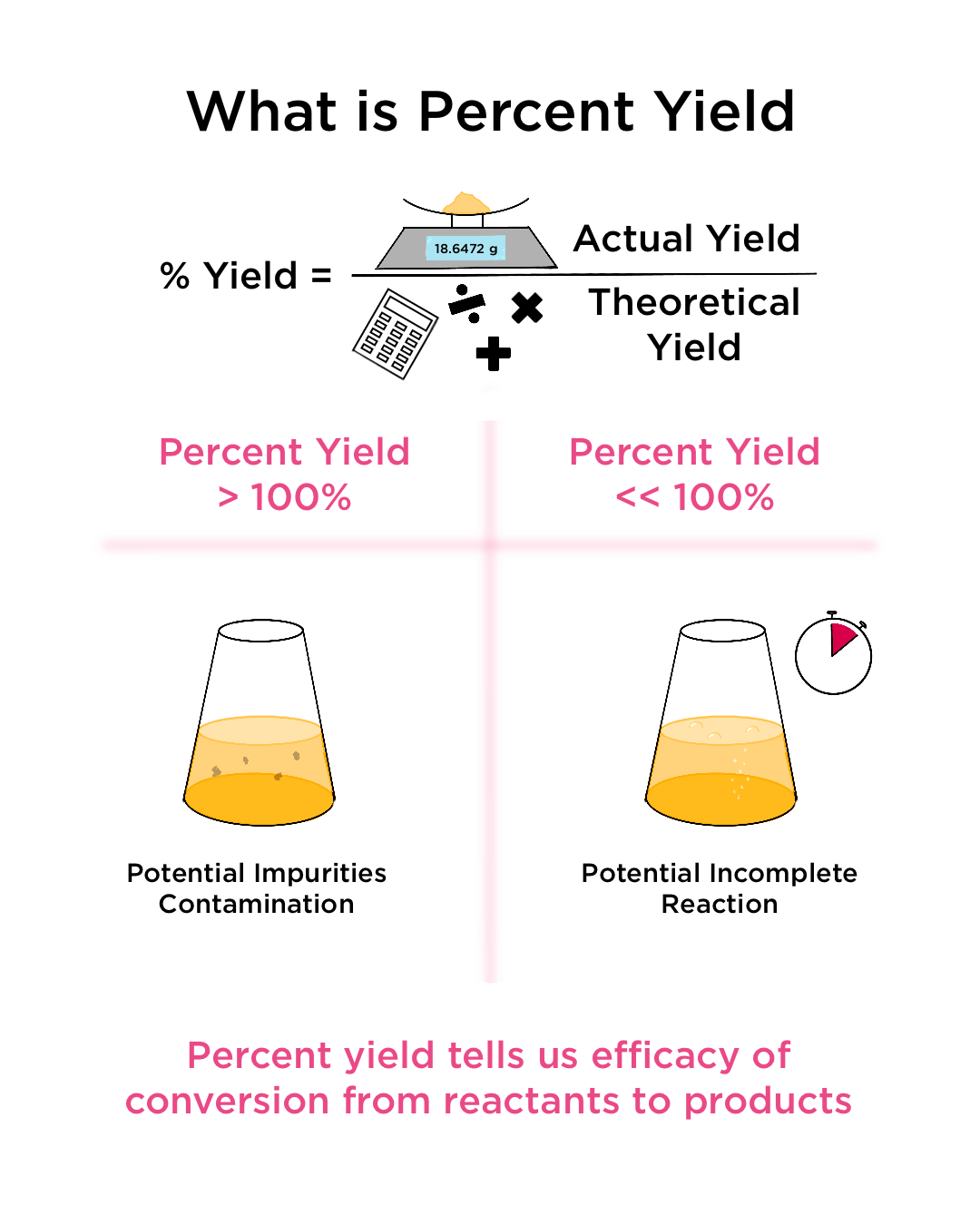Failure To Yield Is The Primary Cause Of What Percentage

Urgent safety concerns are escalating as a staggering statistic reveals the devastating impact of a single traffic violation. Failure to yield is now confirmed as the primary cause in a shocking 20% of all traffic fatalities nationwide.
This crisis demands immediate attention. Understanding the scope of this problem is crucial to implementing effective countermeasures and preventing further loss of life on our roads. The data paints a clear picture: a simple act of negligence can have catastrophic consequences.
The Grim Reality: 20% of Fatalities Tied to Failure to Yield
According to the National Highway Traffic Safety Administration (NHTSA), the latest figures reveal a grim reality.
One in five traffic fatalities are directly linked to drivers failing to yield the right-of-way. This alarming statistic underscores a critical flaw in driver behavior and road safety education.
Where and When is This Happening?
The problem isn't isolated to a single region.
NHTSA data indicates that these incidents occur across all states and at various times of day, though intersections without traffic signals or poorly lit areas are disproportionately affected. The time of day also is a factor, with evening and early morning hours seeing a spike.
Rural areas and densely populated urban centers alike report significant numbers. The common denominator appears to be driver negligence and a lack of attentiveness.
Who is Involved?
All demographics are affected, but certain groups are statistically more vulnerable.
Young drivers, particularly those newly licensed, and elderly drivers with diminishing reflexes contribute to a higher percentage of these accidents. Pedestrians and cyclists are also particularly vulnerable when drivers fail to yield.
Commercial vehicle drivers are also sometimes implicated, highlighting the importance of rigorous training and adherence to traffic laws for all drivers, regardless of vehicle type.
Specific Scenarios and Contributing Factors
Several common scenarios contribute to failure-to-yield accidents.
These include drivers failing to yield when turning left across oncoming traffic, merging onto highways, entering roadways from parking lots or side streets, and approaching uncontrolled intersections.
Distracted driving, impaired driving, and simply failing to check blind spots are major contributing factors.
Road design and visibility also play a role.
Poorly designed intersections, obstructed views due to vegetation or parked vehicles, and inadequate signage can all increase the risk of failure-to-yield accidents.
Infrastructure improvements are also crucial.
The Impact: A Ripple Effect of Tragedy
The consequences of failure-to-yield accidents extend far beyond the immediate victims.
Families are devastated, communities are impacted, and the economic costs associated with these accidents are substantial. The burden on emergency services and healthcare systems is also significant.
Moreover, the emotional trauma suffered by survivors and witnesses can be long-lasting and profound.
Immediate Actions and Future Strategies
Addressing this crisis requires a multi-faceted approach.
Increased law enforcement and stricter penalties for failure-to-yield violations are essential. Public awareness campaigns are needed to educate drivers about the dangers of these actions and promote responsible driving habits.
Enhanced driver education programs, with a greater emphasis on intersection safety and right-of-way rules, are also crucial.
Further research is needed to identify specific high-risk locations and develop targeted interventions. Collaboration between law enforcement, transportation agencies, and community organizations is vital to achieving lasting change.
NHTSA is currently reviewing data from the past year to identify trends and patterns. These insights will be used to inform future safety initiatives and enforcement strategies.
The goal is clear: to reduce the number of failure-to-yield accidents and save lives. Urgent action is needed to reverse this dangerous trend and make our roads safer for everyone.
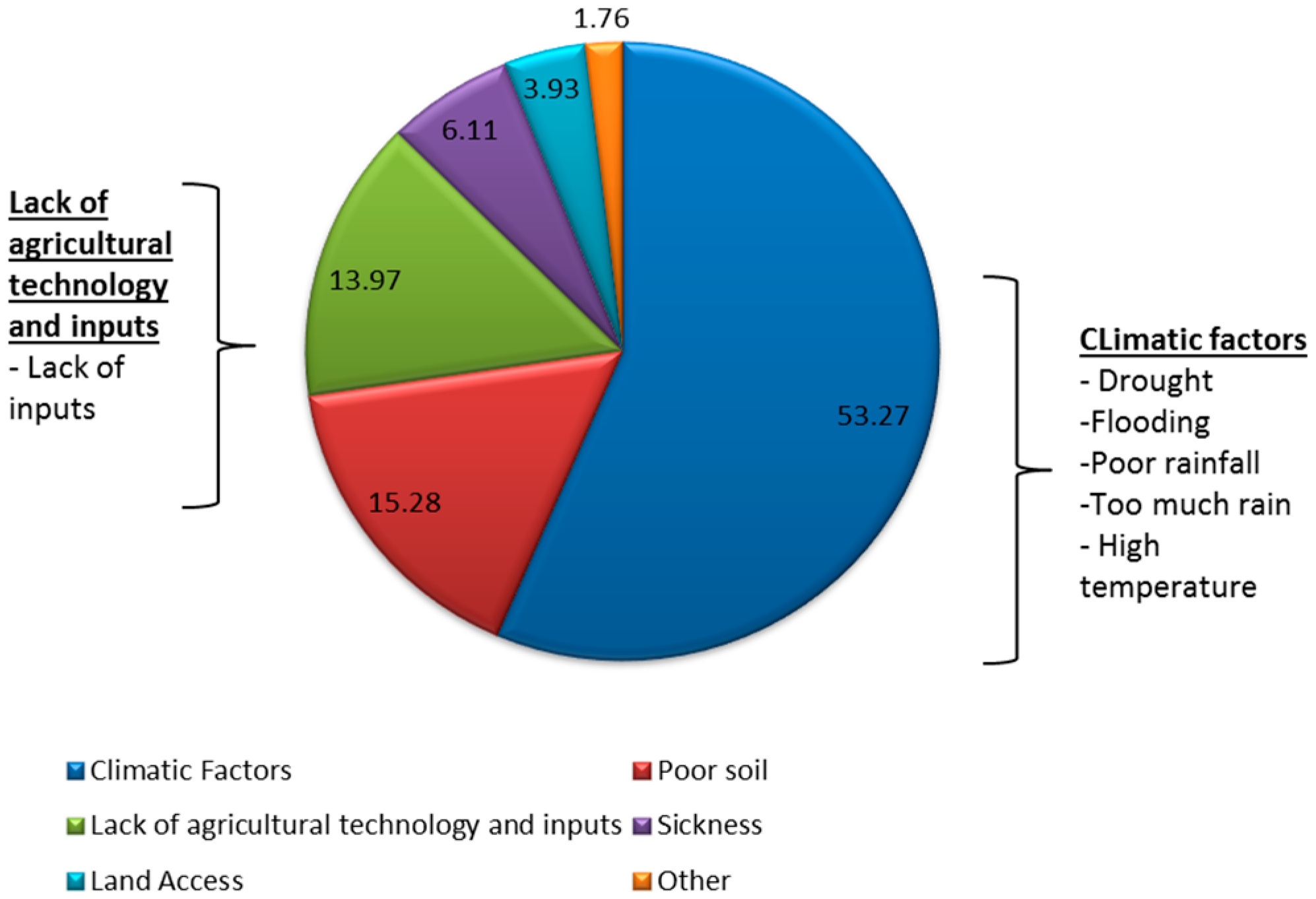





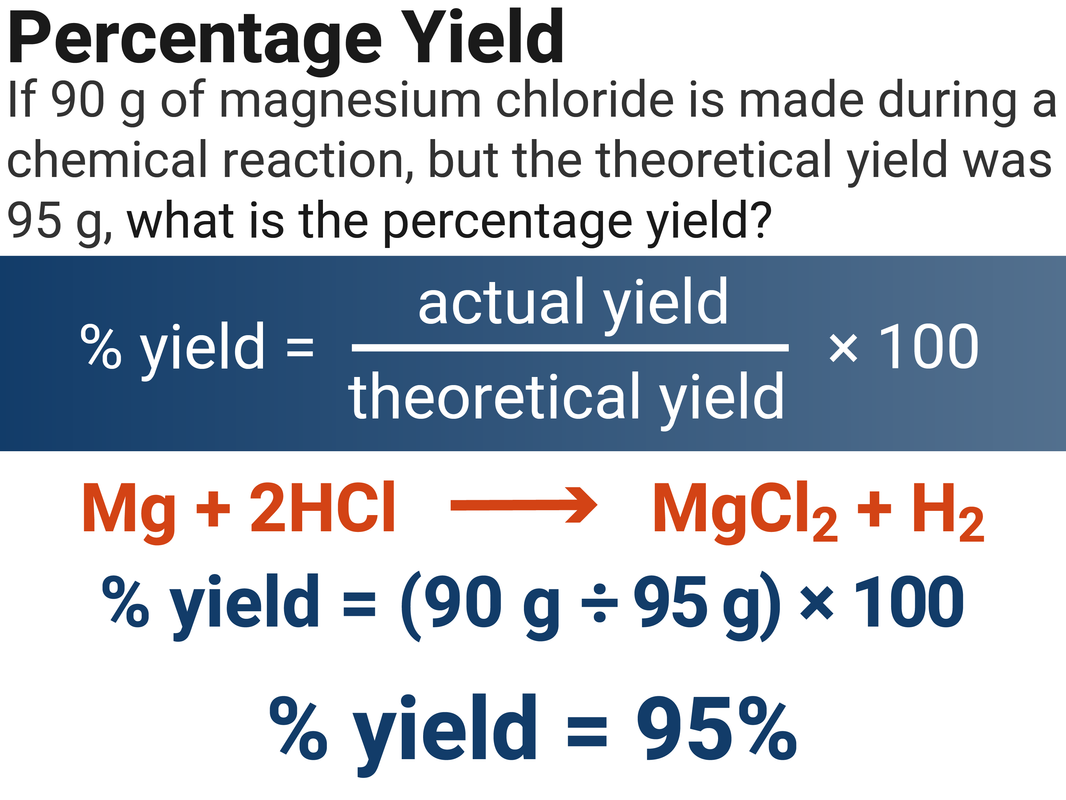

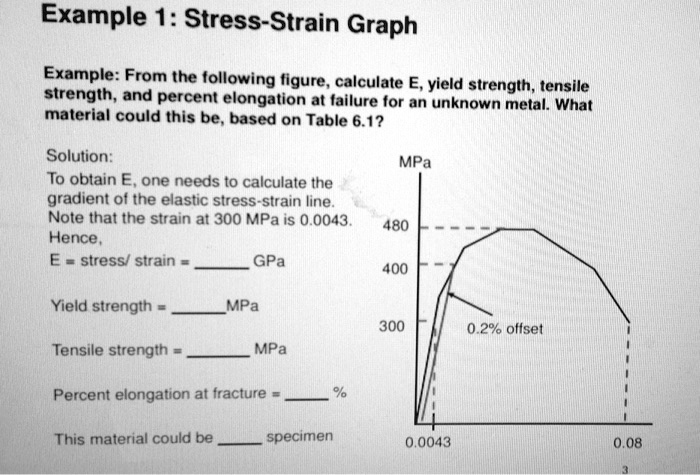
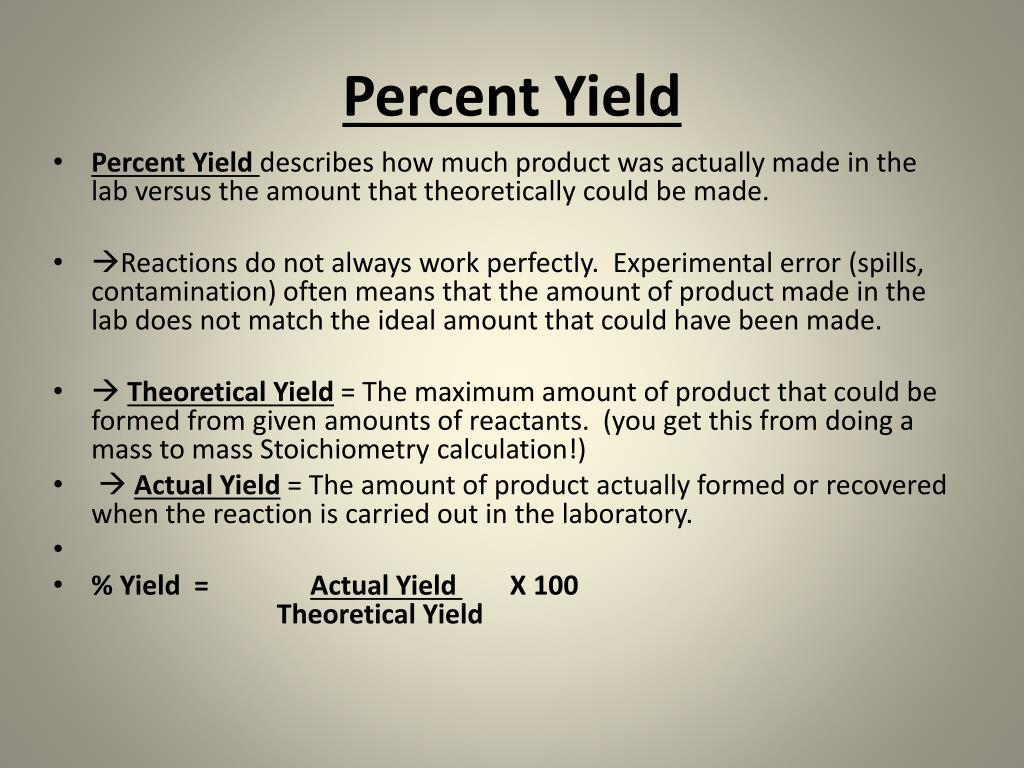

![Failure To Yield Is The Primary Cause Of What Percentage Percentage of failure [9]. | Download Scientific Diagram](https://www.researchgate.net/profile/Marzena-Grabon-Chalupczak/publication/322887820/figure/download/fig4/AS:987075063058433@1612348442828/Percentage-of-failure-9.png)
